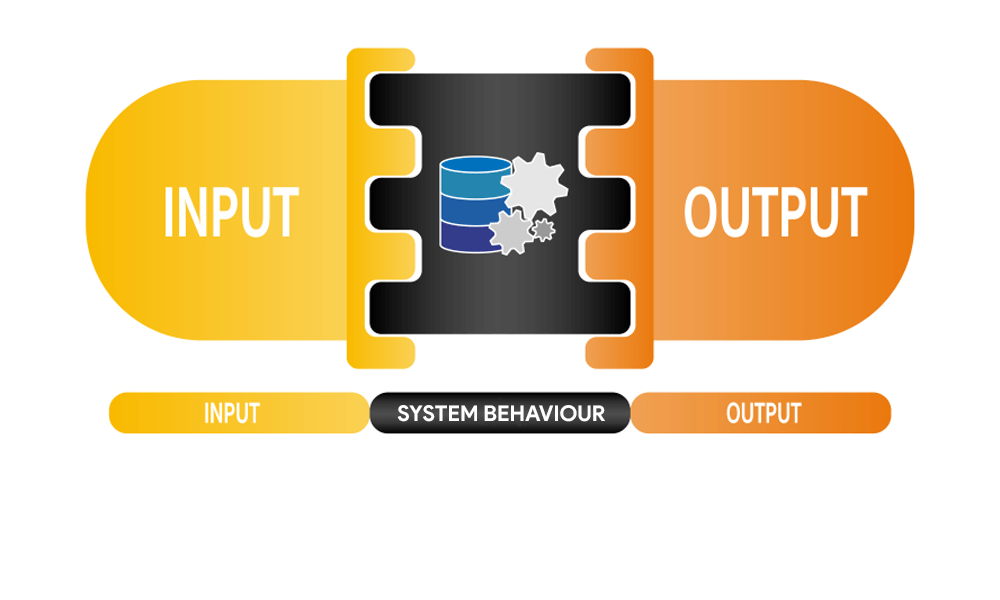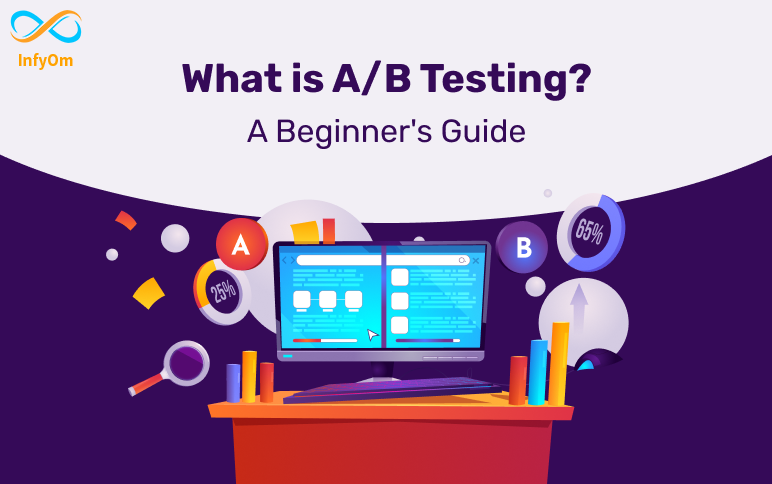However advanced automation testing may get, we can’t live without manual testing. Because not everything can be and should be, tested with code. There is a certain level of human interference required.
Here’s how to be great at manual testing:
Understand the product which you are going to test
- Before you begin testing any app/website, you should know the concepts of the product, what problems the product solves and how are users going to use it.
- Here the steps to rectify the concept of product
° Identifying customer needs.
° Defining the problem and objectives.
° Drafting and analysis.
° Ask for detailed design and drawings.
° Testing.
° Final successful delivery.
Have a clear understanding of requirements
- ‘’First how we know to understand the requirements here the steps mentioned below’’
- There are mainly two types of requirements: 1. Functional 2. Non-functional
- What are Functional Requirements?
- Functional requirements define the basic system behavior. Essentially, they are what the system does or must not do, and can be thought of in terms of how the system responds to inputs. Functional requirements usually define if/then behaviors and include calculations, data input, and business processes.

- What are the Non-Functional Requirements?
- While functional requirements define what the system does or must not do,
- non-functional requirements specify how the system should do it. Non-functional requirements do not affect the basic functionality of the system Even if the non-functional requirements are not met.
- the system will still perform its basic purpose.
Changelog and Impacting Area
Ask the developer of changelog detailing & made the product changes which are listing the impact areas
- This will help to customize or change the task from the bug
- This will give ease to know the bug
- It will give a glance at the task and the flow in which it is working
- This will help you prioritize where to look for potential bugs
Test Scenario and Cases
Write down test scenario/cases in Excel for easy reference
- Understand the Learners: To write concrete and effective scenarios you must understand your learners and know their needs and expectations.
- Create Real Life and Relevant Situations: Make your scenarios as real as possible.
- Motivate the Learner: A well-written scenario should motivate the learner to action.
- ‘’How to write the test cases’’
° Title Must be strong
° Include a Strong Description with Assumptions & Preconditions
° Keep the Test Steps Clear and Concise
° The result must be Expected
° Also, Make is Reusable
Critical Flows
Check the product critical flows & code impacted flows twice
- This will ensure, that in case something goes wrong in production, it would be any business-critical flows
- Reason to do: for uncertain changes of code, some regression will occur in code, if we didn’t check & deployed in the server.to rid the problem in the product needs to check the critical flow twice.
Don’t test along with the developer
- If you test with the developer, you may miss out on edge cases due to the developer’s bias or perspective. So make sure you test the app/website once while the developer is not with you.
If in doubt, ask the Developer or Product Lead
- It always helps to communicate any doubt that you have
- As the perspective varies and as well as a method so in case of any doubt ask the developer and correct it.
- Also communicate with the product lead in case of doubt so the better output can be generated of the task with minimal bugs and well-defined task



